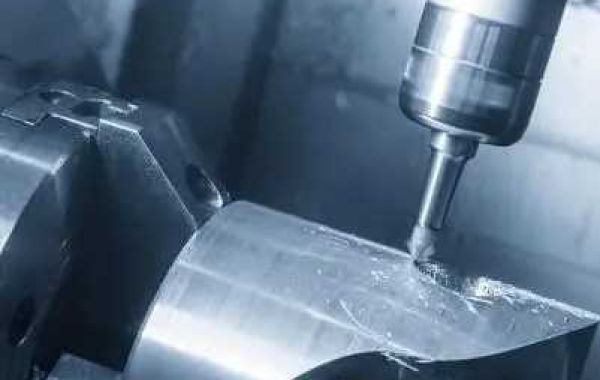The CNC milling of stainless steel can yield a range of surface finishes, depending upon the particular needs of the part and the intended visual appeal. Some of the most common surface finishes include:
- Rough milled: This finish has a rough texture and is created by the milling process itself. It is frequently used for parts that don't need a high surface finish or for parts that will be painted or coated.
- Smooth milled: Lower cutting speed and a finer milling tool are used to create this finish. Although not as smooth as some other finishes, it creates a surface that is smoother than rough milled. Parts that will be seen but don't need a high polish are frequently smooth-milled.
- Brushed: The stainless steel's surface is buffed to create this finish with a wire brush. It creates a consistent, matte finish that is frequently applied decoratively.
- Polished: Using a polishing wheel, the stainless steel's surface is polished to produce this finish. It creates a highly reflective surface that is frequently applied to parts with high visual appeal requirements.
- Bead blasted: The stainless steel's surface is blasted with tiny beads to produce this finish. It creates a textured, rough finish that is frequently applied to parts that must withstand wear and tear.
A stainless steel part's appearance and performance can be significantly affected by its surface finish. Parts that will be used in medical devices or food processing equipment, for example, require a smooth surface finish, whereas parts that will be visible from the outside of a product require a polished surface finish.







